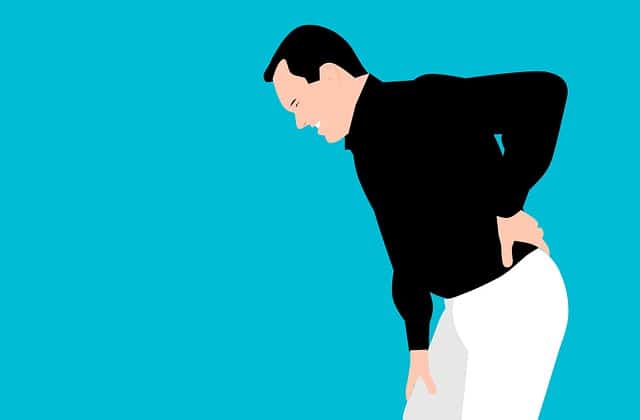If you are concerned in general with back or other body pain, you do need to take some care while playing foosball. While consulting a doctor over health concerns is your first step, you can also do a number of things while playing foosball to prevent back pain.
To avoid back pain when playing foosball, follow these tips:
- Warm up: Stretch your muscles and do some light exercises before playing to reduce the risk of injury.
- Wear good shoes: Even if you’re playing indoors, wear some sort of comfortable footwear. If you’re playing on a hard concrete basement floor, it can cause foot pain and back pain over time.
- Good posture: Stand up straight, keep your feet shoulder-width apart, and avoid slouching.
- Use your legs: Do not lean forward too much, and instead, use your legs to control the rods.
- Take breaks: Take short breaks every 15 to 20 minutes to stretch and move around.
- Adjust the table height: Make sure the table is at a comfortable height for your height if your table legs are adjustable.
- Use proper techniques: Use smooth, controlled movements and avoid jerky, sudden motions.
- Strengthen your core: Regularly doing exercises to strengthen your back, abs, and other core muscles can help prevent injury.
By following these tips, you can help prevent back pain and enjoy playing foosball pain-free.
What muscles do you work when playing foosball?
Standing in the same spot for a spell can cause sore feet and if you’re leaning over, it can place a strain on your back and neck. Your height can also impact your foosball experience in terms of how your body reacts and feels after long game play. In that regard, it’s worth noting which muscles you use when playing.
Playing foosball can work multiple muscle groups, including:
- Forearms: Your forearm muscles, including the wrist flexors and extensors, are used to control the rods and the players.
- Shoulders: Your shoulder muscles, including the rotator cuff, are used to make quick, precise movements.
- Upper back: Your upper back muscles, including the trapezius and rhomboids, are used to maintain good posture and control the rods. Watch that you aren’t leaning over the table as it can place strain on your back and neck.
- Core: Your core muscles, including the abs and lower back, are used to maintain balance and stability while playing.
- Legs: Your leg muscles, including the quadriceps and hamstrings, are used to maintain proper posture and support your upper body while playing.
You’ll notice how many of the parts of your body utilized when playing foosball are back-related. Pain in one body part can lead to other pains especially if you try to overcompensate.
Playing foosball can engage multiple muscle groups and improving hand-eye coordination and reflexes. It is important to note that you might come away feeling a bit sore in places the next day given how much standing is involved on the one hand, but how much turning of the rods occurs, on the other.


